Abstract
Fibre-forming properties of collagen and gelatin derived from bovine limed-split were investigated. It was found that collagen was capable of assembling into fibres in a salt environment. The morphology of collagen fibres was pH dependent. The collagen fibres formed at pH4-6 were in random state while they were further aggregated into ordered fibre bundles with periodic structures in the pH range of 7- 8 (around the isoelectric point of collagen). Meanwhile, the directional collagen fibre bundles growing along the lattice orientation of underlying inorganic substrate were prepared in the presence of KCl. In contrast, gelatin was not able to assemble into fibres in the same conditions since its triple helix structure had been broken. The results of this research might well interpret the phenomena that collagen presented better performances in preparations of collagen/gelatin-based biomaterials, and importantly, be instructive for better utilization of tannery skin wastes.
£20.00
Are you a member? Log in for access to the article.

Society of Leather Technologists & Chemists
C/O Office 39, iCon Innovation Centre
Eastern Way
Daventry, Northamptonshire
NN11 0QB
Registered In England No. 00502705. Registered Charity No. 262247